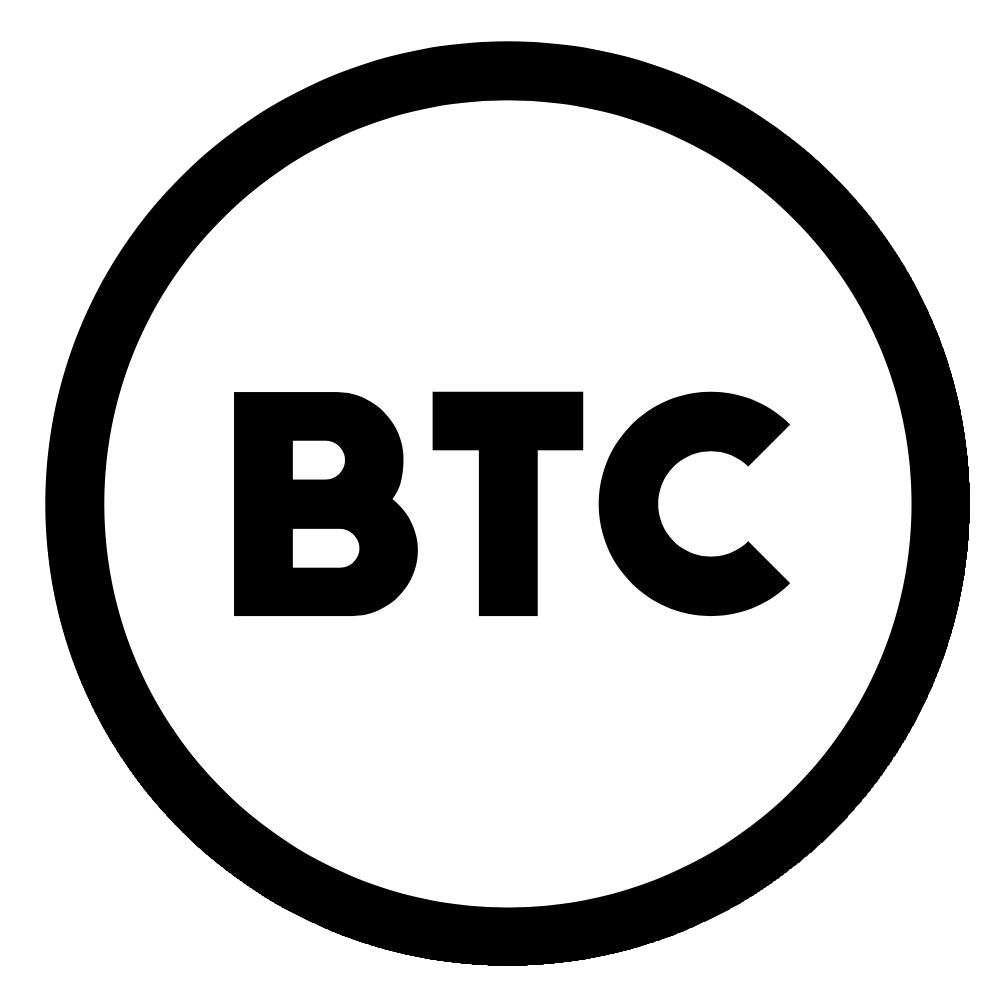How Bitcoin Improves Financial Access And Inclusion
Bitcoin is, for many, the first opportunity to store wealth in a safe and secure manner, without outside manipulation.
El Salvador’s decision to use bitcoin as legal tender in their country was recently celebrated by bitcoin HODLers around the world. Yet the International Monetary Fund (IMF) quickly expressed concerns about the legality of doing so. Was this simply a matter of traditional financial institutions guarding their fiat turf from bitcoin, a digital asset they don’t understand? How can bitcoin and its blockchain technology facilitate financial inclusion and benefit 1.7 billion unbanked people throughout the world?
While the pandemic greatly accelerated the digitization of assets as stores of value, it also hampered the ability of traditional regulatory and legal bureaucracies to match the pace of bitcoin’s rapid evolution into the premier digital asset of choice. Understandably, those in control of the legacy banking system have cause for concern, since Bitcoin’s decentralized ledger exists outside the control of the traditional international financial system. Computer code runs to validate peer-to-peer trustless relationships that extinguish the need for a bank’s existence. Bitcoin is a digital asset that is more nimble and better designed to meet the needs of unbanked people than the old institutions that failed them. While many of us will use traditional banks in the foreseeable future, Bitcoin has undeniable societal benefits that increase financial inclusion.
First, bitcoin is useful for remittances and can act as a quasi bank for the unbanked. Reducing both transaction fees and times vastly improves cross-border payments. Instead of using a money transfer company, a worker in New York might use a service that transfers U.S. dollars into bitcoin and enables a family member in a receiving country to “withdraw” bitcoin, USD, or a local currency. Because anyone can use the blockchain there’s no need to send payments through a bank or money transfer service. In general, remittances are cheaper and faster with bitcoin than traditional options.
In countries with a weak banking infrastructure, a person can download and use a bitcoin digital wallet using their computer or cell phone. Each public key represents a safer way for users to send and receive bitcoin for day-to-day transaction of goods and services and to pay others. It can also serve as a store of value against local inflation and their country’s currency devaluation. In this way, Bitcoin can serve as an informal banking infrastructure of its own, beyond being used simply as a remittance system.
This is important in areas that have little or no access to formal financial systems because of traditional banks minimizing their exposure there due to illicit activities that have limited or forced out local law enforcement. Bitcoin fixes this by providing a secure, convenient way to access financial markets. To be sure, bad actors create a national security concern for the United States. They can and do prey on vulnerable populations to hide the financial transfers of criminal networks. However, the benefits of opening up access to global markets for over 1.7 billion unbanked individuals is worth managing the risks by increased vigilance and monitoring of the blockchain.
Delivering on the power of bitcoin goes beyond its store of value as a digital asset. The technology of the Bitcoin blockchain can assist sustainable development through a set of services such as smart contracts for crop insurance, the digitization of supply chains and micro-scale international commerce. As the use of the Lightning Network and Stacks 2.0 becomes more prevalent, people will find innovative ways to provide more inclusive access to economic opportunities in global markets.
While there are infrastructure issues such as internet access and electricity that must be addressed along the way, resistance to organizational change by entrenched, old power structures must be constructively handled with laser focus. Both traditional fiat institutions and widespread bitcoin digital asset usage can co-exist and succeed where outdated models of past economic policy failed. It’s time for international banking systems to adjust to a future where they can “walk their talk” of financial inclusion rather than serve financial privilege. We can harness the pure energy of Bitcoin in a culturally appropriate way to help others achieve a transformative future, while avoiding the mistakes of the past.
This is a guest post by S.J. Ware. Opinions expressed are entirely her own and do not necessarily reflect those of BTC, Inc. or Bitcoin Magazine.









